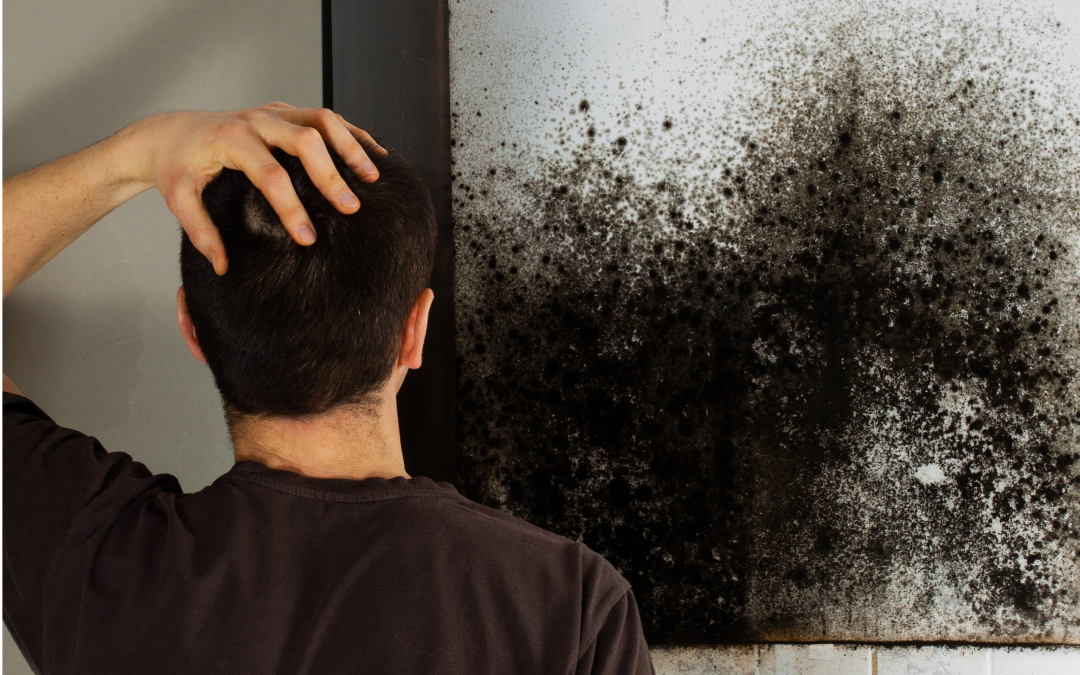Mould is a type of fungus that thrives in damp and humid conditions. When it grows indoors, it can pose serious health risks and damage to structures. Here is FRA’s ultimate expert guide.
Mould remediation
Once you’ve confirmed the presence of mould, the next step is remediation. Remediation refers to addressing and mitigating contamination in indoor spaces, such as homes, buildings, or commercial establishments. It involves identifying, removing, and preventing the recurrence of mould to create a safe and healthy indoor environment.
On-site inspection
Conducting an on-site inspection to pinpoint the source and address the problem is crucial. Our Project Managers and Certified Mould Remediation Technicians will thoroughly inspect all affected areas, including wall cavities and underflooring of the structure.
Remediation Plan
Next, we will develop a Remediation Plan, a thorough action strategy to restore the property to its pre-loss condition.
This typically covers:
- Inspection, identification and rectification of moisture and humidity issues
- Mould sampling by an independent indoor environmental professional
- Installation of containment to enclose affected areas and prevent cross-contamination
- The use of PPE (personal protective equipment) by Technicians and Project Managers
- Installation of air scrubbers to remove airborne mould spores
- A report that details the steps to effectively and safely remove the mouldy building materials and contents that are unrestorable
- Pack out and inventory service for restorable contents
- Safe storage is available at FRA’s temperature-controlled warehouse facility
- Drying, cleaning, decontamination, and post-remediation verification for clearance.
Mould Sampling
When mould isn’t visible but there’s a musty odour, along with a damp and humid environment, FRA will call in an Indoor Environmental Professional (IEP) who performs sampling to pinpoint the mould’s exact location.
Often, undetected colonies can be found under flooring, in wall cavities and roof spaces. The IEP can utilise swabs, tape lifts or air samples. A laboratory will analyse the samples and produce a report with the results. FRA will then implement a project plan, including post-remedial testing for clearance when the project is completed.
Your Must-Do’s
- Avoid entering affected areas and block access if possible.
- Turn off HVAC or split systems and refrain from operating any fans.
- Refrain from touching or disturbing the mould.
- Avoid blowing air across surfaces with visible or suspected growth.
- If the area is wet, refrain from trying to dry it yourself.
- Do not spray bleach or other disinfectants on the mould.
- Get in touch with FRA for professional mould remediation services.

